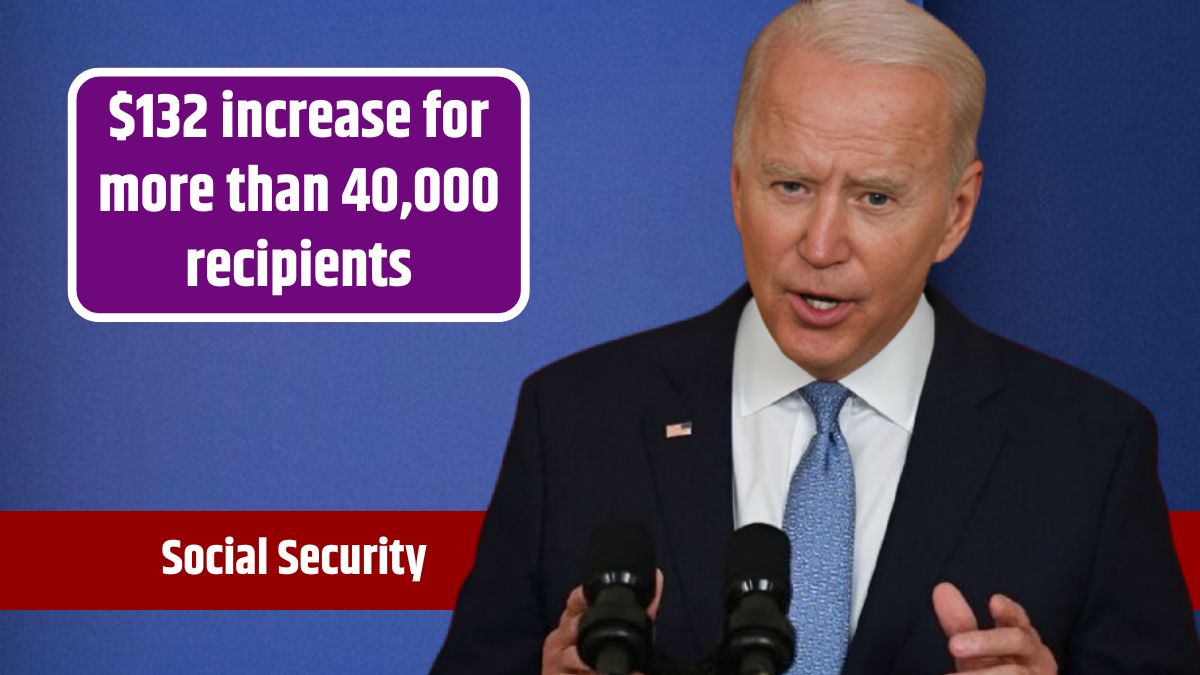Have you noticed a considerable increase in your Supplemental Security Income (SSI) payment recently? If so, there’s good news behind it! Contrary to what some may think, this increase is not due to overpayment. Instead, it results from new changes implemented by the Social Security Administration (SSA) that aim to provide more financial support to eligible individuals.
Expansion
The SSA has expanded its rental subsidy exception rule, making it applicable to all SSI applicants and beneficiaries across all 50 states. Previously, this benefit was limited to just seven states. With this expansion, around 41,000 Americans will see an average increase of $132 in their monthly SSI payments.
Before this change, some beneficiaries who were paying rent faced reductions in their payments due to In-kind Support and Maintenance (ISM) calculations, which could lower their SSI benefits. Now, if you are paying rent, you won’t be subject to ISM deductions in the form of rental assistance, leading to a higher SSI payment.
Benefits
Is this the only improvement? Not at all. Apart from boosting payments for those qualifying under the new rule, it also broadens the number of people eligible for SSI. In the past, applicants might have been denied due to strict income limits. With these relaxed criteria, more people may now meet the SSI requirements.
If you were previously turned down for SSI benefits, it’s worth checking again to see if you now qualify under the updated guidelines. This could be an opportunity for financial assistance that wasn’t available before.
ISM Calculation
But there’s more. Starting from September 30, 2024, the SSA will no longer include food in its ISM calculations. This seemingly small change has a big impact, as it will affect over 90,000 beneficiaries, increasing their average monthly SSI payment by about $131.
This move is especially significant for those who rely on SSI benefits to cover essential living expenses. With inflation and rising costs, this extra amount can offer some relief, making it easier for many to afford basic needs like rent, utilities, and groceries.
Payments
Want to see how much these changes affect overall payments? It’ll be interesting to compare the Monthly Statistical Snapshot for August 2024, which was released in September, to the one released in October.
The data will show how much the average SSI payments have increased from the previous average of $698 per month. This comparison will reveal the true impact of the changes on a national scale, helping beneficiaries know what they can expect going forward.
Impact
The changes don’t stop at SSI payments. The SSA has also updated its definition of a public assistance household, which impacts those receiving Supplemental Nutrition Assistance Program (SNAP) benefits. Under the new rule, even if not everyone in your household receives public assistance, you may still see positive changes to your SSI benefits.
This is a significant update for mixed households where some members receive assistance and others do not. The aim is to ensure that SSI beneficiaries who receive public assistance benefits get the most out of both programs, improving overall financial support for low-income families.
Next Steps
If you’re an SSI recipient or have previously been denied benefits, now is the time to revisit your status. The SSA’s new rules might change your eligibility. Contact your local SSA office or visit their official website to find out more and see if you’re entitled to a higher payment or new benefits.
Overall, these updates reflect the SSA’s efforts to provide enhanced support for those who rely on SSI. The additional funds come at a crucial time, given the current economic climate, and are likely to be a welcome change for thousands of Americans.
FAQs
Why did my SSI payment increase?
The increase is due to SSA’s expansion of the rental subsidy exception rule.
Does the new rule apply to everyone?
Yes, the rule now covers all 50 states, benefiting thousands of recipients.
How much will my SSI payment go up?
If eligible, your SSI payment could increase by an average of $131–$132.
What does removing food from ISM mean?
Removing food from ISM calculations leads to higher payments for beneficiaries.
Where can I find more information?
Check out the SSA’s official website for more details.






